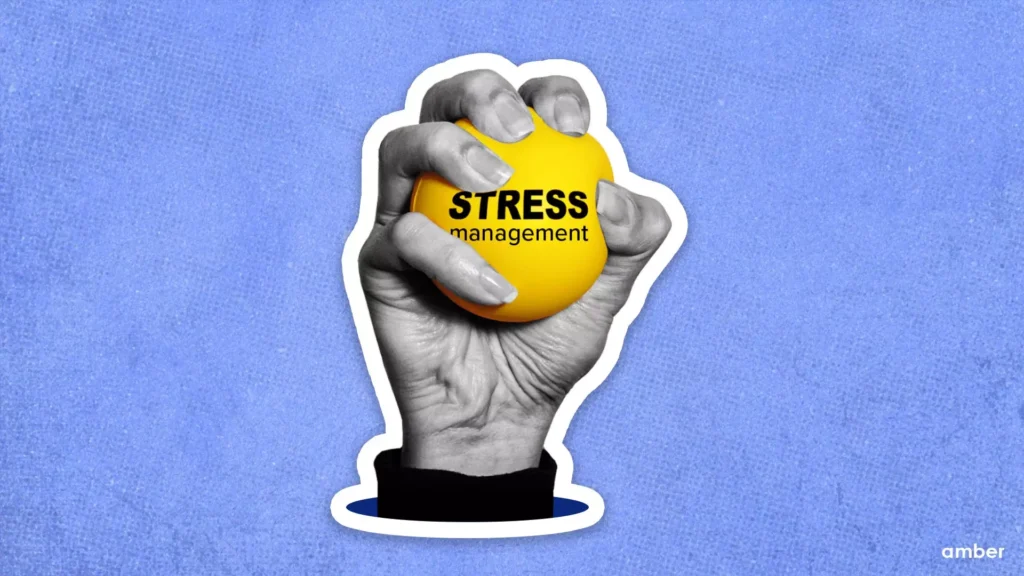How Spending Time Outdoors Can Reduce Stress and Improve Well-being, Spending time in nature is a powerful way to reduce stress and improve overall well-being. The natural environment offers a peaceful escape from daily pressures and has been shown to enhance mental and physical health. Here’s how connecting with nature can help manage stress and strategies for incorporating more outdoor time into your life.

1. Understanding the Benefits of Nature for Stress Reduction
Why It Matters: Nature has a calming effect on the mind and body, helping to reduce stress and promote relaxation.
Key Benefits:
- Reduced Cortisol Levels: Spending time in nature can lower cortisol levels, the body’s primary stress hormone.
- Improved Mood: Nature exposure increases the production of serotonin, a neurotransmitter that enhances mood and feelings of well-being.
- Enhanced Focus: Natural environments can restore attention and improve cognitive function, reducing mental fatigue.
- Physical Health Benefits: Outdoor activities promote physical health, which is closely linked to mental well-being.
2. Activities to Connect with Nature
Why It Matters: Engaging in outdoor activities can help you reap the stress-reducing benefits of nature.
Effective Activities:
- Hiking: Explore local trails and parks to enjoy physical activity and the beauty of natural landscapes.
- Gardening: Spend time tending to a garden or caring for indoor plants to connect with nature and enjoy the therapeutic benefits of gardening.
- Picnicking: Have a meal outdoors in a park or by a lake to relax and unwind in a natural setting.
- Outdoor Meditation: Practice mindfulness or meditation in a natural environment to enhance relaxation and focus.
3. Incorporating Nature into Your Daily Routine
Why It Matters: Regular exposure to nature can significantly impact stress levels and overall well-being.
Practical Tips:
- Daily Walks: Take a walk outside each day, whether it’s in a park, around your neighborhood, or along a nature trail.
- Lunch Breaks: Spend your lunch break outdoors whenever possible to recharge and enjoy the fresh air.
- Commute with Nature: If feasible, choose a route to work or school that includes natural scenery, such as a park or tree-lined street.
- Bring Nature Indoors: Incorporate natural elements into your home or workspace with plants, natural light, and nature-inspired decor.
4. Overcoming Barriers to Spending Time Outdoors
Why It Matters: Identifying and addressing obstacles can help you make outdoor time a regular part of your life.
Common Barriers and Solutions:
- Lack of Time: Schedule outdoor activities like you would any other important appointment. Even short bursts of nature exposure can be beneficial.
- Weather Conditions: Dress appropriately for the weather and find outdoor activities that suit different seasons, such as snowshoeing in winter or swimming in summer.
- Urban Environment: Seek out local parks, botanical gardens, or green rooftops in urban areas to connect with nature.
- Mobility Issues: Choose accessible outdoor activities, such as visiting botanical gardens, sitting in a park, or using a wheelchair-accessible trail.
5. The Science Behind Nature’s Impact on Well-being
Why It Matters: Understanding the scientific evidence supporting the benefits of nature can reinforce the importance of outdoor time.
Key Research Findings:
- Forest Bathing: Studies on forest bathing (Shinrin-yoku) show that spending time in forests can reduce stress hormones, lower blood pressure, and boost the immune system.
- Attention Restoration Theory: Natural environments have been shown to restore attention and reduce mental fatigue, enhancing cognitive function.
- Biophilia Hypothesis: This hypothesis suggests that humans have an innate connection to nature, and engaging with natural environments can improve mental health.
Conclusion:
Spending time in nature is a powerful way to reduce stress and improve overall well-being. By understanding the benefits of nature, engaging in outdoor activities, incorporating nature into your daily routine, overcoming barriers, and appreciating the scientific evidence, you can harness the power of nature to enhance your mental and physical health. Start making time for nature today to enjoy a calmer, more balanced life.














